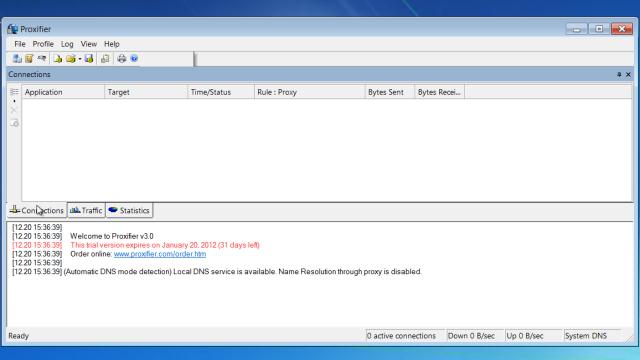Free Download Proxifier 29 Fullrar
The Orion Nebula (M42) will be one of the prime targets at the 2019 Tucson Star Party. // Jason WareOn Saturday, February 9, 2019, Astronomy magazine will sponsor the seventh annual all-day skywatching party at the East Campus Observatory of Pima Community College (PCC). The address there is 8181 East Irvington Road. Activities begin at 10 a.m. And continue all the way through 9 p.m.
Vmware Install Cleaner Zip Download on this page. Windows Downloads. Here you can download a fully-functional copy of the software and use it for 31 days.
The event is hosted by the Tucson Amateur Astronomy Association (TAAA), one of the most active astronomy clubs in the United States. Throughout the day, club members will operate several solar telescopes that will give visitors safe, high-quality views of some of the features visible on the Sun.
Then, about an hour after our daytime star sets (at 6:04 p.m. Tucson time), we’ll begin the second phase of skywatching: nighttime observing. And in addition to numerous telescopes set up by the TAAA, the Pima Community College Observatory will be open throughout the day and night. Its solar telescope will follow the Sun in the daytime, and its 14-inch telescope will target deep-sky treats at night. Even before it gets dark, telescopes will turn toward the 14-percent-illuminated crescent Moon.
A thin crescent is one of the best times to observe our natural satellite. And it won’t be spreading lots of light through the night sky, ruining views of nebulae, star clusters, and galaxies.
The next object telescope operators probably will target is Mars. It lies some 32° east-northeast of the Moon in front of the stars of the constellation Pisces the Fish. The Red Planet will be easy to find, but its small size (because we’re currently moving away from it) will require a large scope to pull out any details. As twilight ends, the Pleiades star cluster (M45) will come into view. This will be a great object to view through binoculars and telescopes with a wide field of view. The Orion Nebula (M42) also will be a highlight. This star-forming region is the middle “star” in the constellation of the Hunter.
Fellowship with other star-gazing enthusiasts, the opportunity to ask questions about lots of different telescopes, and the prospect of clear skies mean that the is shaping up as a “must-see” event. So, when you make plans to come out, be sure to bring family and friends.
And remember, the star party will be held Saturday, February 9 at the Pima Community College East Campus Observatory, 8181 East Irvington Road, southeast of the center of the city. Perkins est keygen free download.
